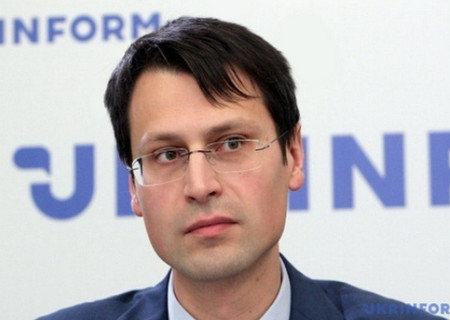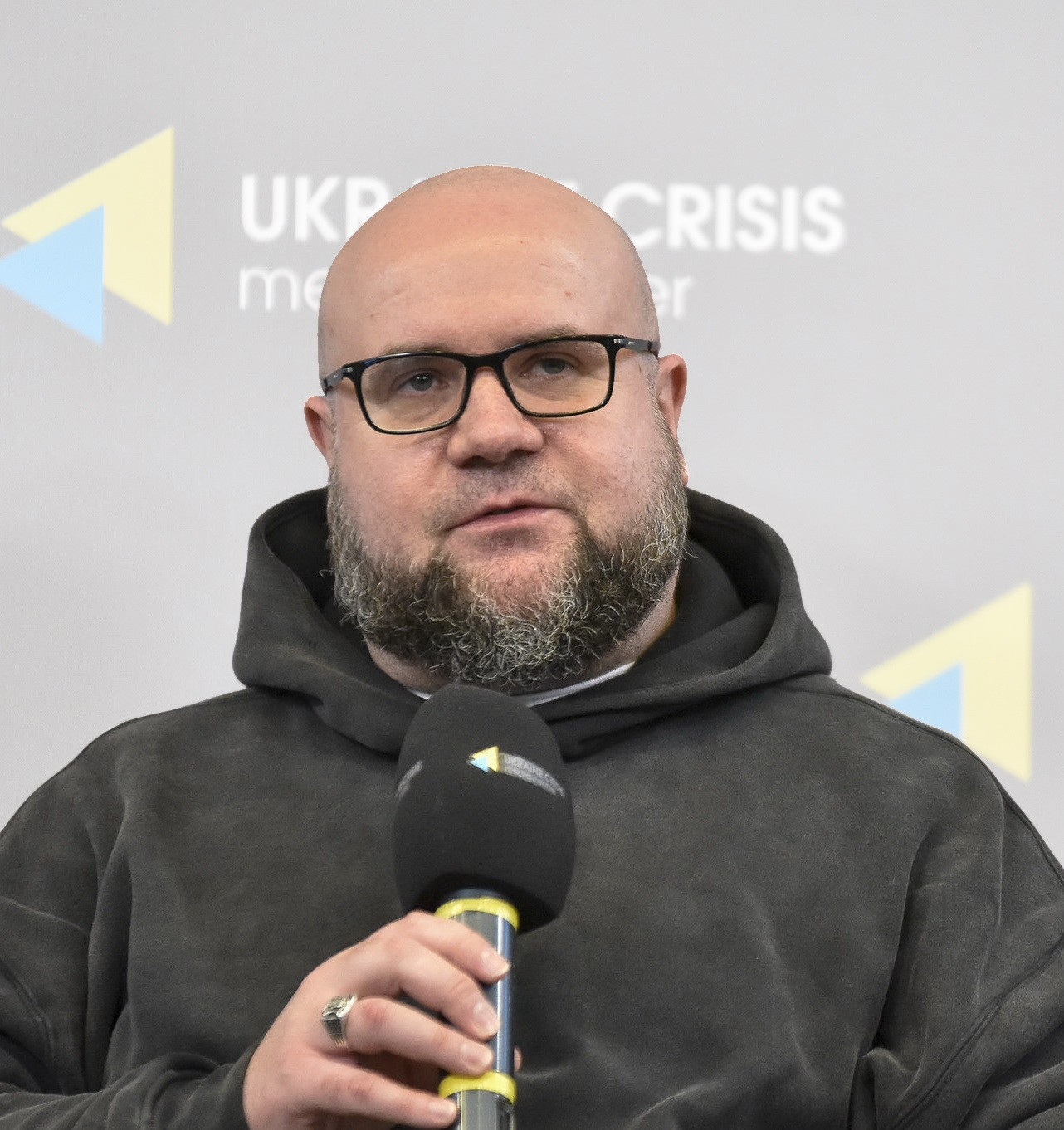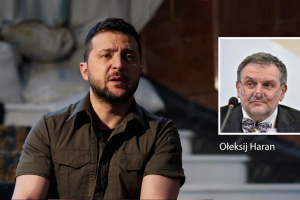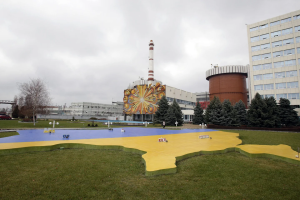Burkovskyi, Zhovtenko: Going nuclear or mad? Russia pretends both to hide capability gaps
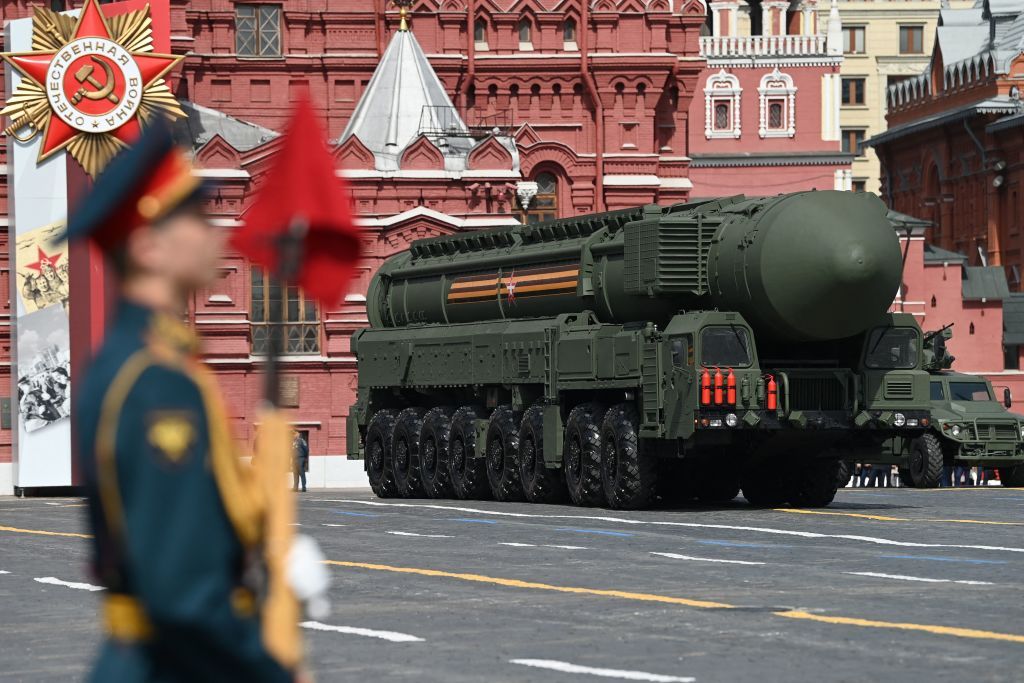
Source: Kyiv Independent
Amid the failures of its full-scale war against Ukraine, Russia hurries up the overhaul of its nuclear strategy, indicating that the Kremlin understands that it has lost in Ukraine but tries to maintain credible nuclear threats.
Russian Defense Minister Sergei Shoigu officially announced on April 4 that Belarus has already received nuclear-capable aircraft and Iskander-M missile complexes. The confirmation came weeks after Russia announced on March 25 that it would deploy tactical nuclear weapons to Belarus.
However, before making any judgments, it is important to look at Russia’s moves through the lens of its real nuclear capabilities, as well as to adapt old Soviet plans to the realities of the current strategic situation in Europe.
Contrary to widespread belief, the Soviet Union has always drastically suffered from a technological gap with the U.S. in terms of strategic nuclear weapons – namely, long-range ballistic missiles. Since the USSR was unable to threaten the U.S. directly and efficiently, the only available option was to try to use tactical nuclear weapons to achieve strategic superiority.
This is why in the early 1960s the Kremlin tried to turn Cuba, which is located in close geographic proximity to the U.S., into a launching pad for Russian weapons. It allowed for better precision and the guaranteed destruction of designated U.S. targets.
Following the elections in 2012 fifty years later, Russian President Vladimir Putin restored the ideology of Russia’s “eternal struggle against the West” to tighten his grip on Russia and expand its influence in Europe.
However, his ambitions did not match Russia’s available capabilities. Putin found himself in a similar situation to that of past USSR leaders but with no chance of repeating Nikita Khrushchev’s escapade in Cuba.
Therefore, it is likely that Moscow decided to blackmail Washington indirectly via hybrid warfare and by threatening its European allies with a nuclear attack.
There were a few strategic points to which Russia could deploy its tactical nuclear arsenal – Ukraine’s Crimean Peninsula, Belarus, the Arctic, and, potentially, Syria. In doing so, the Kremlin attempted to build a nuclear defense line along its borders with NATO to be able to threaten key global actors directly in an attempt to regain its status as a global nuclear superpower.
Ukraine’s Crimea is very important as it has provided Russia with the opportunity to station every element of the so-called “nuclear triad:” ground launchers, tactical bombers, and submarines capable of carrying cruise missiles. When Russian forces invaded and annexed Crimea in late February to mid-March of 2014, Russia quickly pumped the peninsula with money aimed at restoring its military infrastructure to make it nuclear-capable.
After 2014, the Kremlin accelerated the military integration of Belarus to turn it into yet another launching pad for Russian nuclear weapons. Belarus played an auxiliary role as a “jump point” for Russia’s conventional and nuclear arsenal’s shipment to its Kaliningrad exclave which, unlike Crimea, lacked the military infrastructure to permanently deploy Russian weapons.

A Russian serviceman patrols the territory of the Zaporizhzhia Nuclear Power Station in Enerhodar on May 1, 2022. (Photo by ANDREY BORODULIN/AFP via Getty Images)
The process was slow, but the full-scale invasion of Ukraine and its disastrous impact on the Russian military speeded up these efforts.
The full-scale war against Ukraine has revealed that the Kremlin cannot rely on its depleted conventional forces to project power even in its immediate neighborhood. Moreover, Russia’s nuclear saber-rattling has resulted in Finland’s fast-track accession to NATO, which is highly likely to be followed by Sweden.
The realities on the battlefield in Ukraine have demonstrated to the entire world the technological backwardness of the Russian army. It has dealt a huge blow to the credibility of Russia’s systematic use of conventional and nuclear threats as a tool to achieve political gains.
The lessons learned from Russia’s campaign in Ukraine and a sober analysis of its real capabilities vis-à-vis Ukraine and NATO have prompted Russia’s military establishment to think about a major reform of its strategic nuclear posture.
An article published on March 2 by the Russian military-theoretical journal “Voyennaya Mysl” (“Military Thought”) argued that once Russia had found itself strategically opposed to U.S. Multi-Domain Operations employing high-tech weapon systems, especially the U.S. Missile Defense System (MDS), it needed to compensate for its strategic technological backwardness.
The article claimed that the U.S. MDS rendered Russia’s strategic nuclear arsenal and delivery systems obsolete against the modern technology of Western air defenses. The authors estimate that 65-70% of Russia’s nuclear weapons and delivery systems would not survive a U.S. or NATO strike on Russian territory, with a 35-40% chance that Russia’s delivery systems would survive if Moscow struck first.
These estimates lead to the conclusion of a “clear and present danger” to Russia’s “deterrence capabilities” and its strategic geopolitical goals, meaning Russia needs to develop a new kind of strategic approach to the operation of its nuclear forces to level the playing field.
The authors propose the creation of a new subdivision of Russia’s strategic nuclear forces, equipped with modern hypersonic weapons like the Kinzhal air-launched ballistic missile and the sea-launched Tsirkon.
Like in the 1970s-80s, Russia’s military sees “deterrence” as having the ability to launch the first strike so as to breach Western missile defense and secure the safe passage of its outdated strategic nuclear delivery systems.
The Kremlin is thus gambling that its ability to wage a successful “limited” nuclear war in the North Atlantic area will persuade the West to accept its terms for peace in Ukraine, to recognize the boundaries of its so-called “exclusive sphere of influence,” and avoid the risk of an all-out nuclear war.
Although the doctrine is far from refined and Russia’s real hypersonic capabilities are limited, the Kremlin’s order to deploy nuclear weapons to Belarus is an attempt to make such threats look credible.
This is why it is important to call out Russia’s dangerous bluff with decisive steps. If the West hopes to “cool down” Russia’s military leadership, it must do everything to demonstrate how Russia’s hypersonic capabilities will be countered.
In practical terms, this means delivering the relevant technology to Ukraine’s Armed Forces in order for it to be battle-tested and improved if needed.
The Patriot PAC-3 system is the best option here as a tool against hypersonic missiles. Modern fighting jets, like the F-16, are countermeasures against Russia’s MiG-31K hypersonic systems.
If they are delivered to Ukraine in 2023 to tackle Russia’s hypersonic missile attacks, they will significantly decrease Putin’s appetite for the madness of a “small victorious nuclear war” and may play a role in ending the ongoing war altogether.
_______________________
Editor’s Note: The opinions expressed in the op-ed section are those of the authors and do not purport to reflect the views of the Kyiv Independent.

